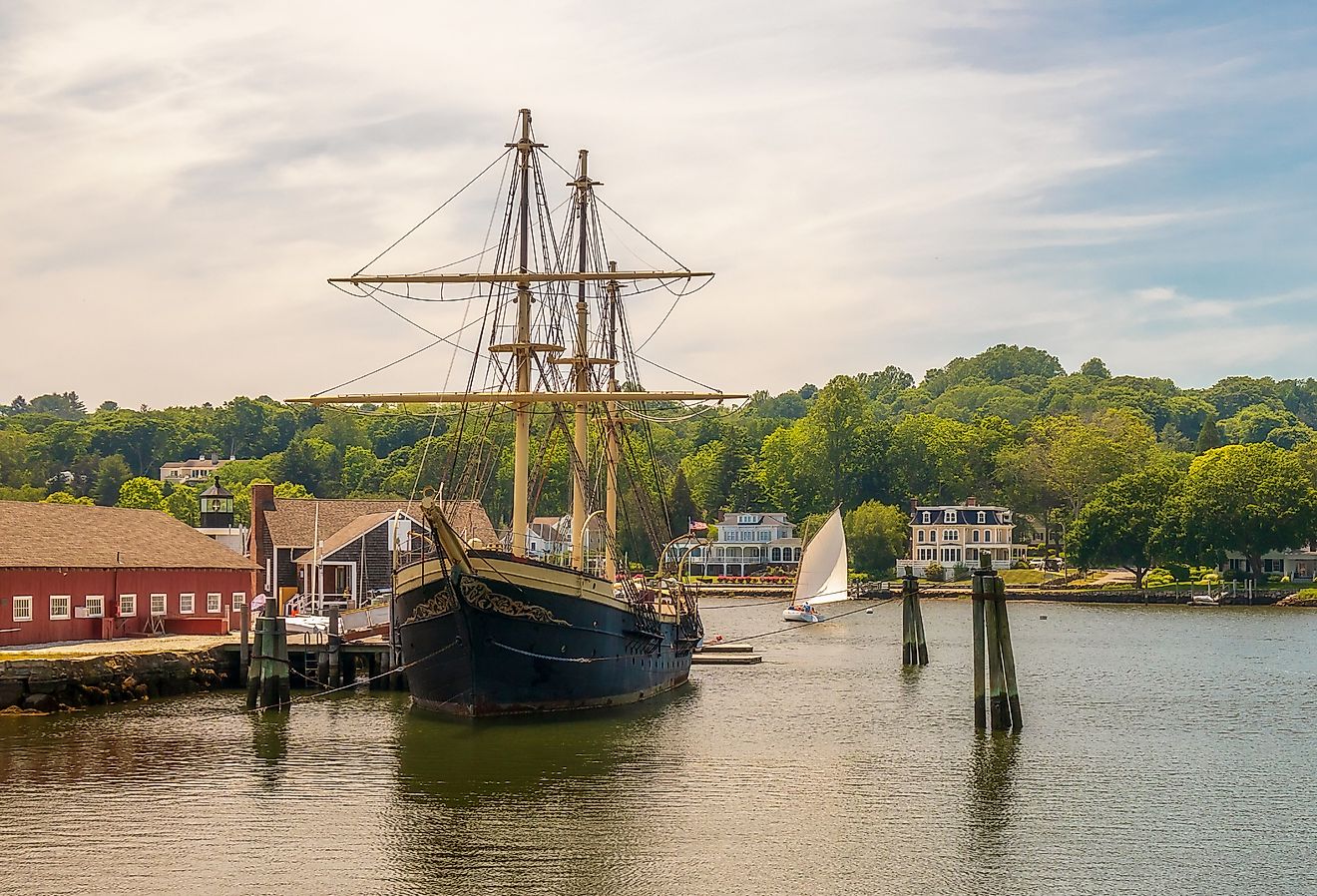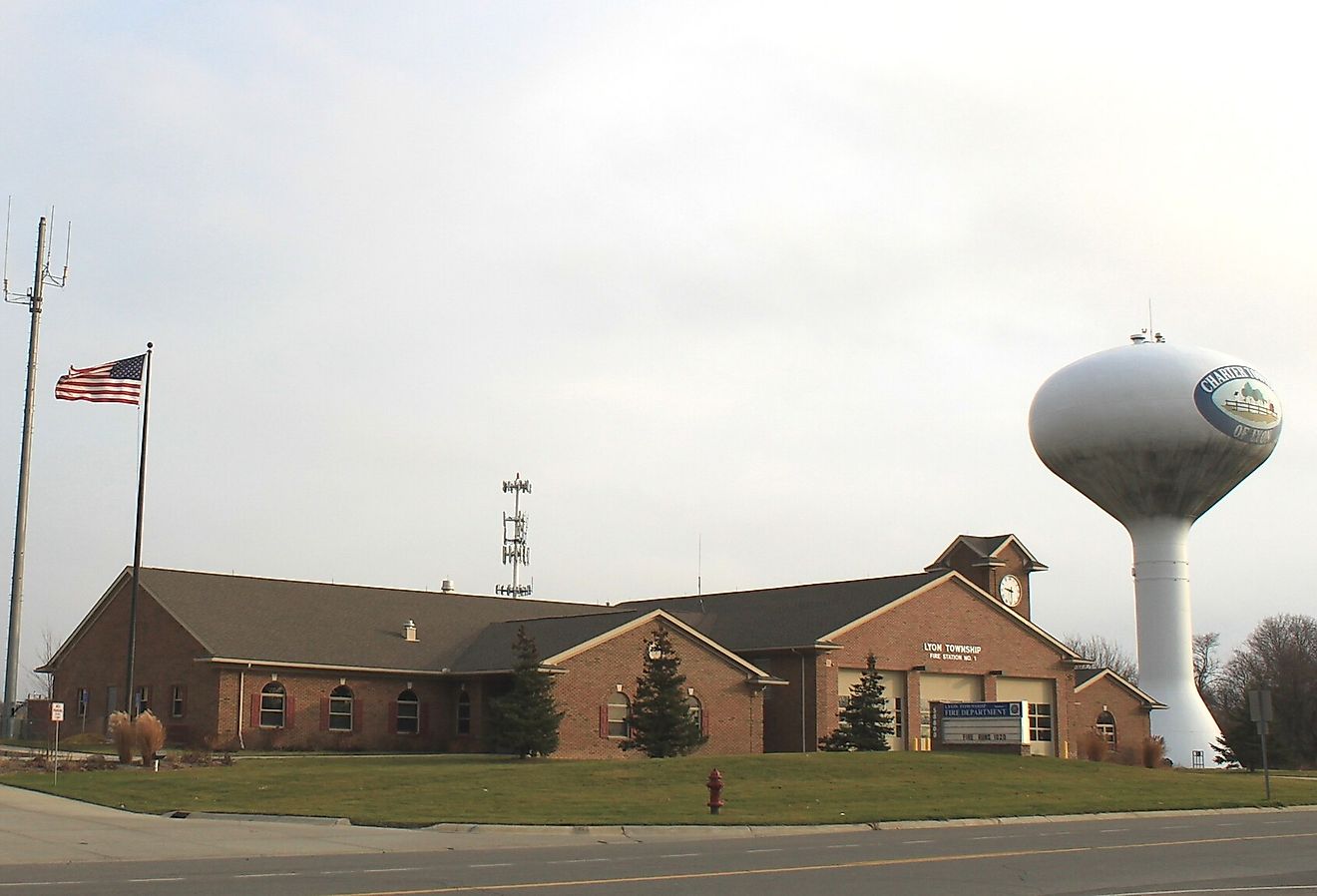Retezat National Park, Romania - Unique Places around the World

5. Description
Retezat National Park is located in the southwest of Romania, in the county of Hunedoara and the region of Transylvania. The parks spreads across an area of 94,000 acres (381 square kilometers). It holds the honor of being the first national park to be designated as such in Romania. The closest towns are Uricani to the east and Hateg to the north of the park. The Retezat Mountain peak and other smaller peaks seen there are part of the Southern Carpathian mountain range which spans the park. Along with the breathtaking peaks, the park also has many lakes, and a diverse array of flora and fauna, making it a fierce rival for attention among other such parks in the country. Temperatures range from 12 degrees Fahrenheit (-11oC) in January, at their coldest, to highs of 60 degrees Fahrenheit (16oC) in July. June is known for its statistically heavier rainfall, while October through November exhibit a dryer pattern.
4. Tourism
Retezat Park is a popular tourist destination for Romanian nationals and foreign tourists alike. People come here for its magnificent views, as well as the camping, hiking, and birdwatching opportunities it proffers. It is relatively easy to access by car via the DN66/E79 Highway, especially from the cities of Petrosani or Lupeni. However, if travelling by public transportation, tourists may have to take trains to the nearest city and a minibus from there to the park. The main access points to the park are at Carnic, Rausor, and Gura Apei in the north, and Buta, Cheile Butii, and Campusel in the south. Once there, tourists may find lodging within the numerous mountain chalets and inns in the nearby villages.
3. Uniqueness
The Retezat National Park was nominated by the New 7 Wonders Foundation to compete for a slot as one of the "Seven Natural Wonders of the World". The area was first set aside in 1935 as a national park, 100 square kilometers of which were part of the former hunting grounds of the Romanian royal family. It has eighty glacial lakes, the largest of which is Bucura at 22 acres. Retezat is known to have over 20 mountain peaks, making it the Romanian National Park claiming the most peaks over 6,560 feet. The highest point, Peleaga, can be reached relatively easily passing by Bucura Lake.
2. Habitat
There are 55 species of mammals at Retezat, including wolves, lynxes, stags, deer, bears, and foxes. Of these, 22 are protected by law. In the rivers visitors may find otters and a variety of amphibians. The park is well known for its 120 different kinds of birds, including the golden eagle, the pigmy owl, and the scarlet rose finch. There are also two designated butterfly areas. Regarding the location's flora, Retezat Park is home to 1,200 plant species, and is the largest concentration of the zambru pine tree. The park is filled with beech, spruce, and fir forests, along with a bounty of beautiful flowers, such as edelweiss, snow-bells, and rhododendrons.
1. Threats
Potentially dangerous places for both visitors and local flora and fauna are clearly demarcated throughout the park. Poor land management and overgrazing, as with many areas of nature conservation, have led to the disappearance of some of Retezat's native species. The poisoning of predators, especially wolves, have disrupted the trophic levels such that important scavengers have become extinct. What park authorities call “uncivilized tourism”, the practice of littering and disobeying park rules regarding interactions with the wildlife, is also a threat to the park and its visitors..











